What are the advantages of collet chuck?
In the intricate world of machining, the choice of toolholding systems plays a pivotal role in determining the accuracy, efficiency, and overall success of a machining operation. Collet chucks, with their precise clamping capabilities, have become indispensable tools for securing cutting tools in various machining applications.
1. Exceptional Precision:
1.1 High Runout Accuracy:
Collet chucks excel in providing high runout accuracy, ensuring that the cutting tool is concentric with the spindle axis. This precision is crucial for achieving tight tolerances and superior surface finishes in machining operations.
1.2 Minimal Tool Deflection:
The design of collet chucks minimizes tool deflection during machining. This characteristic is particularly beneficial when working with delicate or slender tools, enhancing overall machining accuracy.
2. Versatility and Adaptability:
2.1 Wide Range of Tool Sizes:
Collet chucks accommodate a wide range of tool sizes, making them versatile for various machining applications. The same chuck can be used for different tool diameters by simply changing the collet.
2.2 Multiple Tool Types:
Whether it's drills, end mills, reamers, or taps, collet chucks can securely hold a variety of cutting tools. This versatility simplifies tool changes and setups, contributing to increased efficiency in the machining process.
3. Quick and Easy Tool Changes:
3.1 Rapid Changeover:
Collet chucks facilitate quick and easy tool changes. Machinists can swiftly replace tools by loosening the collet, inserting a new tool, and tightening the collet, reducing downtime and increasing overall productivity.
3.2 Reduced Setup Time:
The simplicity of collet chuck operation reduces setup time. This is particularly advantageous in environments where frequent tool changes are required for different machining tasks.
Additional reading:
Dredge Pump Selection Guide: Factors to Consider
Two-shot Molding Guide
Welded Lamination: Exploring the Advancements and Applications
What is the difference between angular contact bearing and ball bearing?
How to choose the right filter bag for your filtration needs?
Advantages of Truck Mounted Workover Rigs
What is an Underground Resilient Seat Gate Valve?
4. Uniform Clamping Pressure:
4.1 Even Distribution of Force:
Collet chucks provide uniform clamping pressure around the entire circumference of the tool shank. This even distribution of force ensures a secure grip on the tool, minimizing the risk of slippage during machining.
4.2 Improved Tool Life:
By evenly distributing clamping pressure, collet chucks contribute to the extended life of cutting tools. Reduced tool wear enhances tool longevity and helps maintain consistent machining performance.
5. Cost-Effectiveness:
5.1 Affordability and Accessibility:
Collet chucks are generally more cost-effective than some alternative toolholding systems. This affordability, coupled with their widespread availability, makes them a practical choice for a range of machining applications.
5.2 Reduced Tool Replacement Costs:
The precise clamping and minimized tool deflection provided by collet chucks contribute to reduced tool replacement costs. Machinists can achieve longer tool life and better cost efficiency.
6. High-Speed Machining Capability:
6.1 Balanced Performance:
Collet chucks are well-suited for high-speed machining operations. Their balanced performance, coupled with the ability to securely hold tools, makes them ideal for applications where speed and precision are crucial.
6.2 Vibration Damping:
The design of collet chucks aids in damping vibrations during machining. This feature is essential for maintaining stability and achieving high-quality surface finishes, especially at elevated cutting speeds.
Collet chucks stand as stalwart allies in the realm of machining, providing exceptional precision, versatility, and efficiency. Their ability to securely hold a variety of cutting tools, facilitate quick tool changes, and contribute to cost-effectiveness makes them integral to the success of machining operations. As technology continues to advance, collet chucks remain at the forefront, empowering machinists to achieve unparalleled accuracy and productivity in the ever-evolving world of precision manufacturing.
What is hydraulic directional control valve?
How Does a Forklift Truck Sideshifter Work?
Exploring the Versatility of Grey Iron Casting in Various Industries
Why Choose Flip Flop Screen Mats?
What is the difference between API 608 and API 6D ball valve?
Electric Motor Bearing Types and Characteristics
Advantages and Applications of Plate Disposable Filters
121
0
0
Related Articles
-
How does the slurry pump work?
214
0
0
-
182
0
0


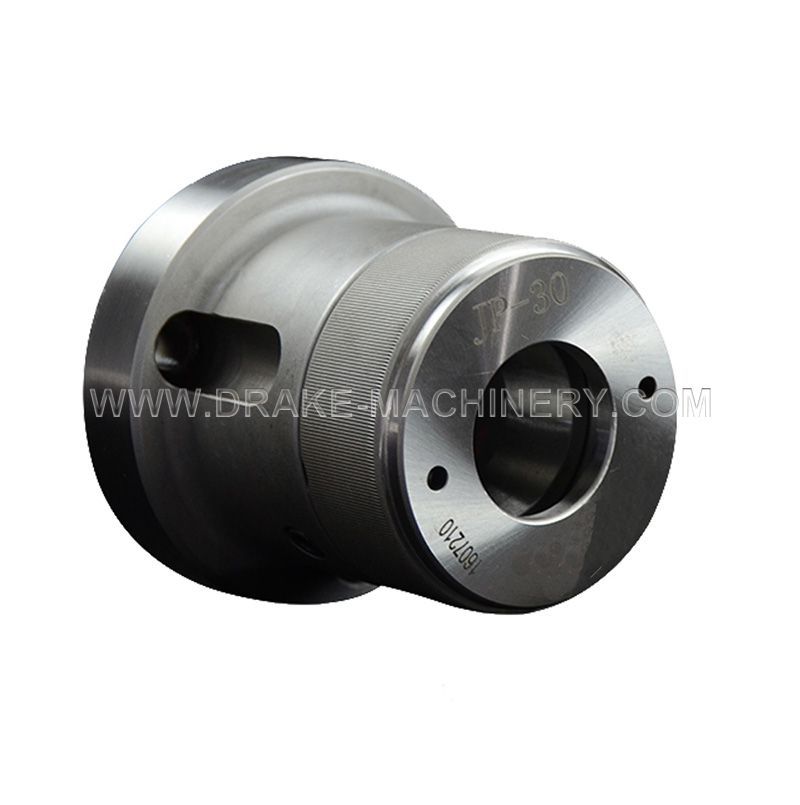
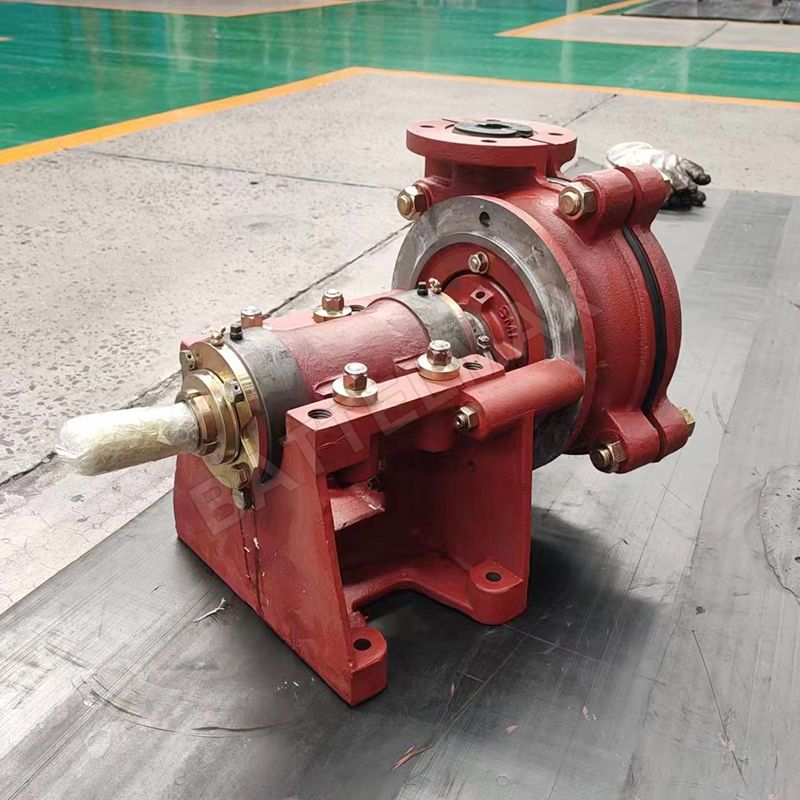
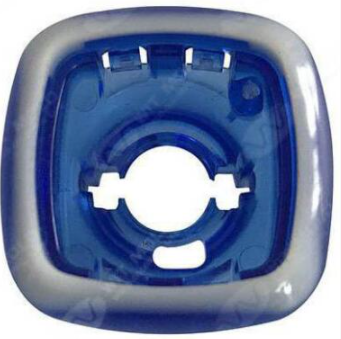
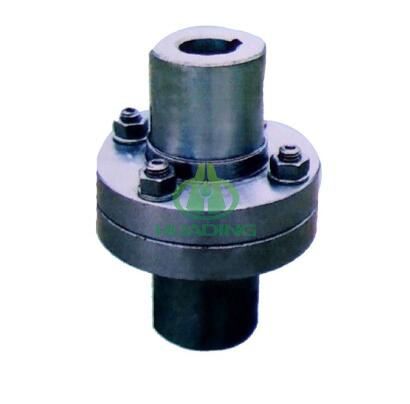
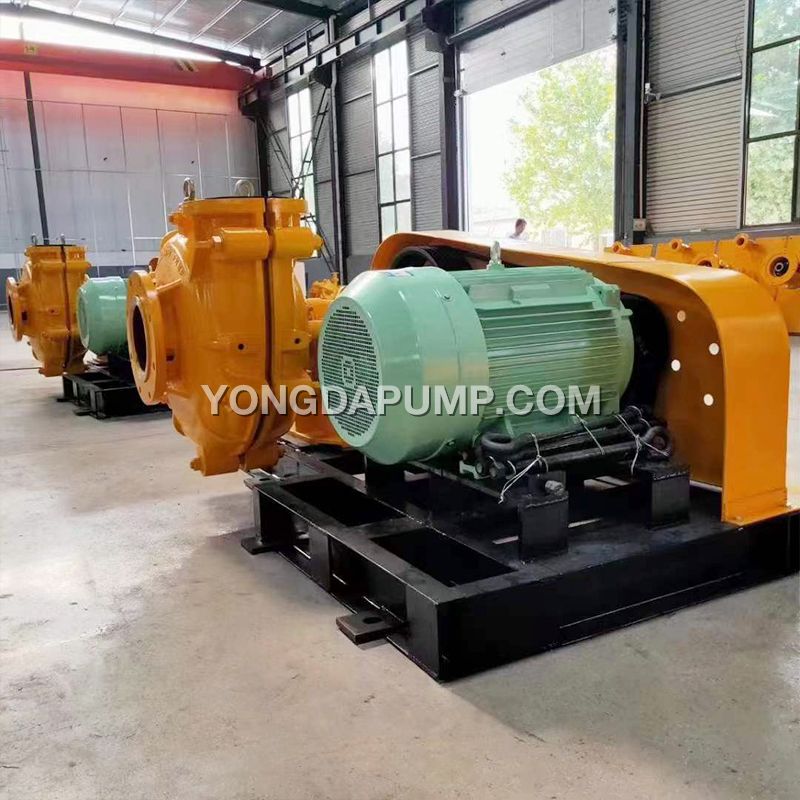

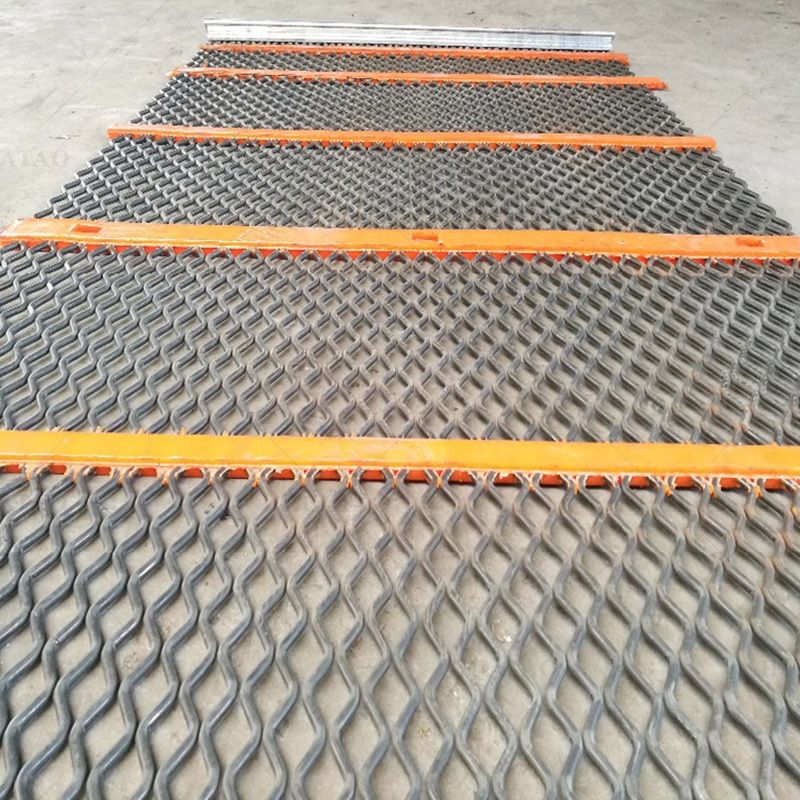

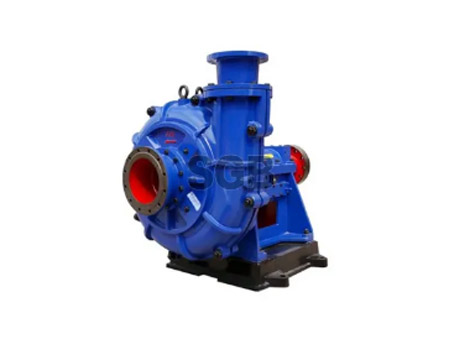
Comments
All Comments (0)